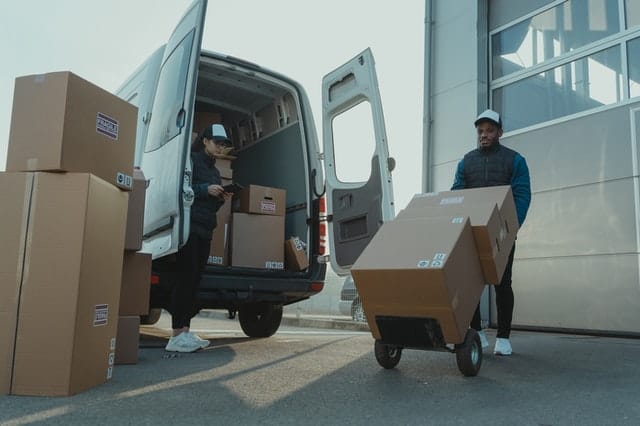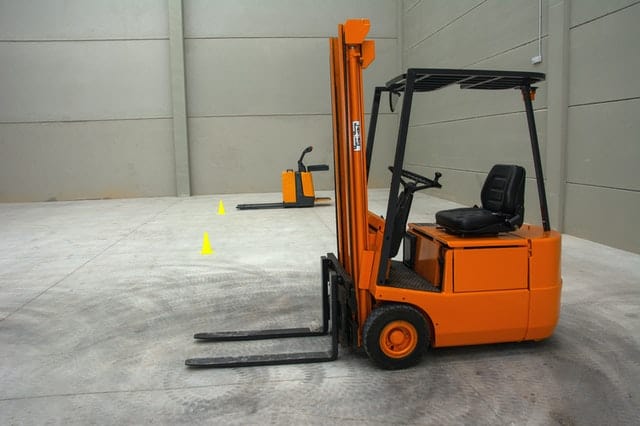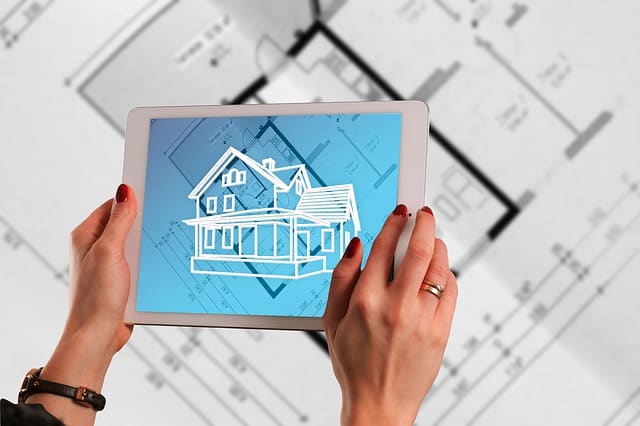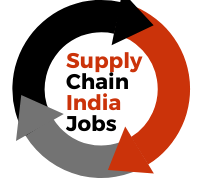In the era of strong technology development, Virtual reality technology and Augmented reality technology (VR/AR) have penetrated into our lives in many fields. In this article, we will discuss about Augmented Reality and its role in logistics.

Augmented Reality and its role in Logistics
See Also :
- Procurement Price Tracker that can monitor 4.3 billion prices
- History and Possible Forms Of Transportation
- How Chat GPT Can Be Used To Optimize Supply Chain Management
- Refrigerated trucks – All you need to know
- What is Digital Supply Chain Management?
- What Does A Supply Chain Analyst Do?
- Career In Supply Chain Management
- What are the KPIs for E-commerce?
Augmented Reality (AR) is the appearance of the real world physical environment, accompanied by computer-generated images that change the perception of reality.
AR provides a competitive advantage in the logistics supply chain
How Augmented Reality Works
AR can be displayed on various devices such as glasses, screens, cellphones, and so on. For the device to function properly, certain amounts of data in the form of videos, images, animations and 3D models need to be used.
Thus, people can see the results in both artificial and natural light. AR uses SLAM (Simultaneous Localization and Mapping) technology, sensors, and depth meters. For example, collecting sensor data to calculate the distance from the sensor location to an object.

Augmented Reality in Logistics
Augmented reality (AR) has an impact on many fields such as education, health, military, architecture, industrial design, art, advertising, games, entertainment, sports and tourism, and provides faster and easier access to information by combining the virtual and real world. name. In AR, where the real and virtual worlds are intertwined, virtual objects are superimposed on real images by using the object recognition feature of the devices.
AR technology reduces the cost in logistics activities
Augmented reality provides a new perspective to the industry in the stages of logistics planning and executing logistics activities. It significantly reduces costs in the logistics industry, optimizes resources, reduces the margin of error, and increases process efficiency. The logistics industry also actively uses augmented reality in business processes in order to help employees make decisions, improve working conditions, connect with colleagues to solve problems with simultaneous support, and provide real-time information flow.
Augmented Reality in Order picking
Order picking was previously done with paper and handheld terminals. In this method, according to the stock report drawn from the corporate resource planning, the products were searched by the operators in the warehouse environment and the systematic transfer of the products was carried out with the help of a hand terminal. With augmented reality technology, dependency on paper and handheld terminal can be eliminated. With this technology, an application using AR technology guides the operators to the location of the collected product while picking orders, and verifies whether the product is correct when receiving the product.

Augmented Reality in Transportation
One of the most important rules in transportation is to deliver the transported goods on time and in the right condition. In an environment where costs are high, route optimization plays an important role. Augmented reality applications allow cargoes to be defined, their routes determined and the time required to arrive at the destination to be reduced. With the help of AR, information about the type, weight and volume of the goods transported, and the issues to be taken into account when stacking the goods can be obtained easily. AR technology also helps to calculate the required area for the product with details and to place it in the most suitable place for the product.
Augmented Reality in Storage
The first step in storage, of course, is the determination of the storage location. For this process
It is done by considering the size, weight, safety and legal requirements of the product to be stored. With AR, users can easily maximize the usable space of a warehouse based on inventory criteria. By placing the layout in the physical warehouse, users can determine which layout would be best and minimize the costs associated with warehouse planning.

Augmented Reality in Facility planning
Augmented reality applications make it possible to see and experience what a facility will look like while it is being set up. In this way, the investment cost required for the facility can be reduced or new arrangements can be made in this context. In addition, the augmented reality technology makes it easier to predict where the equipment to be used in logistics activities should be placed in the facility before they are ordered. Since the facility is planned at the highest level, the highest efficiency can also be achieved.

Audi uses Augmented Reality technology in its logistics processes
To exemplify the use of augmented reality in the logistics sector, Audi uses Augmented Reality technology in its logistics processes. Containers and other transportation equipment to be used in logistics, which were previously prepared according to prototypes, are determined using three-dimensional holograms.
Audi uses the LayAR software, which is a combination of Layout and AR
It visualizes all logistics structures and objects such as shelves, bands, boxes as a three-dimensional hologram using CAD data and reflects them on the real environment in real size. All acquired images are displayed on multiple AR devices simultaneously via synchronization. Users can move, rotate or manipulate objects here. All changes can be seen in real time. Thanks to the sharing of the image, it becomes extremely easy to work together in different facilities or even in countries.
Popular Posts :
- How to Write a Supply Chain Resume Objective in 4 Steps
- Supply Chain Manager Interview questions and answers
- Are you ready to apply if you find your dream job today?
- What is Just in Time manufacturing (JIT)?
- Phrases To Sound More Confident In Interviews
- Procurement Price Tracker that can monitor 4.3 billion prices
- Nailing Your Niche
- Select A Career Based On Your Zodiac And Supporting Planets
- 12 Important Interview Questions to Prepare for Campus Placements
- Power of AI in Optimizing Supply Chain Operations
